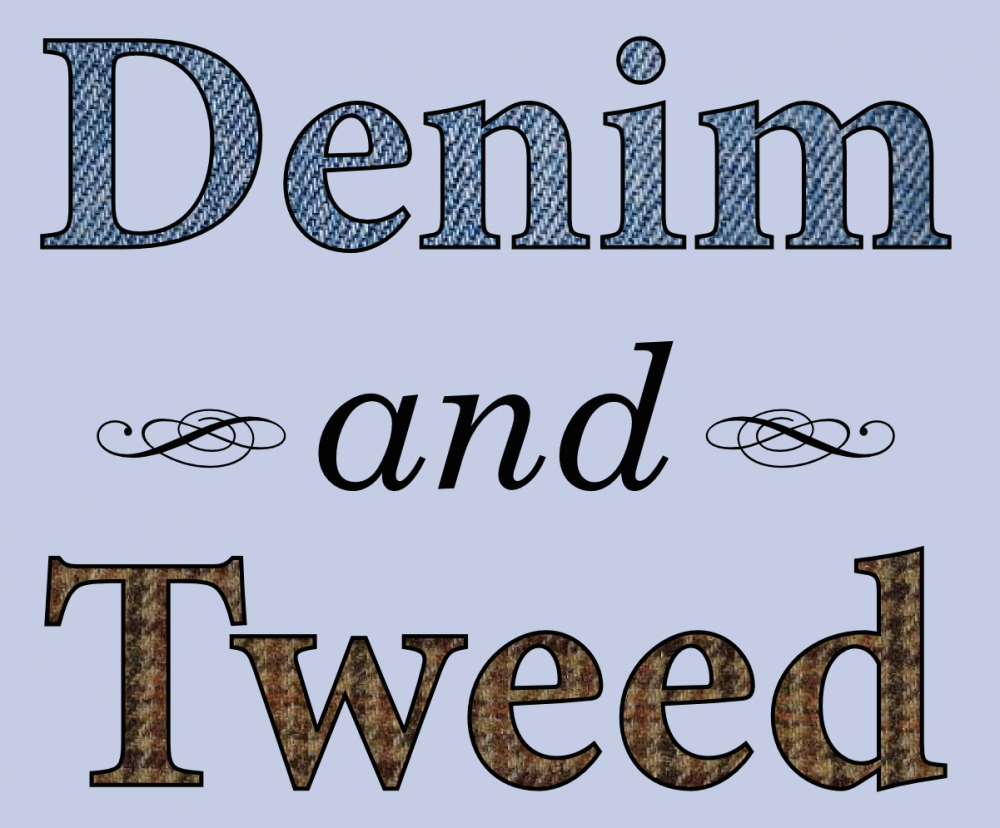
I have a new op-ed at LNC|LancasterOnline, making the case for the “curiosity-driven” science that the National Science Foundation has supported through much of my adult life — and which is under dire threat from cuts proposed by the Trump Administration and the budget bill under consideration in Congress right now. In it, I discuss some of the possible long-term applications of my lab’s research on Joshua trees, which seem at first like they might be too weird to tell us anything helpful in daily life:
Joshua trees’ pollination by a single species of moths serves as an informative contrast to plant and pollinator interactions that play out in more common, more complicated situations, such as pollination of fruit and nut trees by wild insects and domestic honeybees. By studying Joshua trees’ simplified system, my graduate mentor learned how cooperative relationships like pollination stay cooperative, with two different species trading resources and services, even when they have incentives to cheat.
My lab has also studied how weather influences Joshua trees’ very sporadic annual flowering. Most years, they either flower prolifically, or not at all — and until recently we didn’t know what made the difference between bloom or bust. For that project, we developed software to use machine learning models trained with easy-to-collect data, which may work well for many other species of plants. That could be helpful in agriculture, or in planning to protect rare plant species, or even in understanding how the environment limits where different species can live.
But — and this is the important part — work with Joshua trees and hundreds of other peculiar creatures in distant habitats is important even if it doesn’t pan out into applied discoveries.
Of course, none of these applications of Joshua tree research may pan out. For every Thermus aquaticus [the hot-spring bacterium whose chance discovery enabled modern genetic research] there are hundreds of scientific projects that end in nothing more than a peer-reviewed research article and some fond memories of fieldwork. But we need those hundreds of curiosity-driven studies to find that one lucky, world-changing discovery.
This column is a new iteration of the connection I made with my old hometown newspaper thanks to the Science Homecoming campaign, and anticipates the McClintock Letters initiative rolling out later this month. Go read the whole thing, and — please — call your congresspeople to ask that they preserve funding for NSF’s support of curiosity-driven science.

